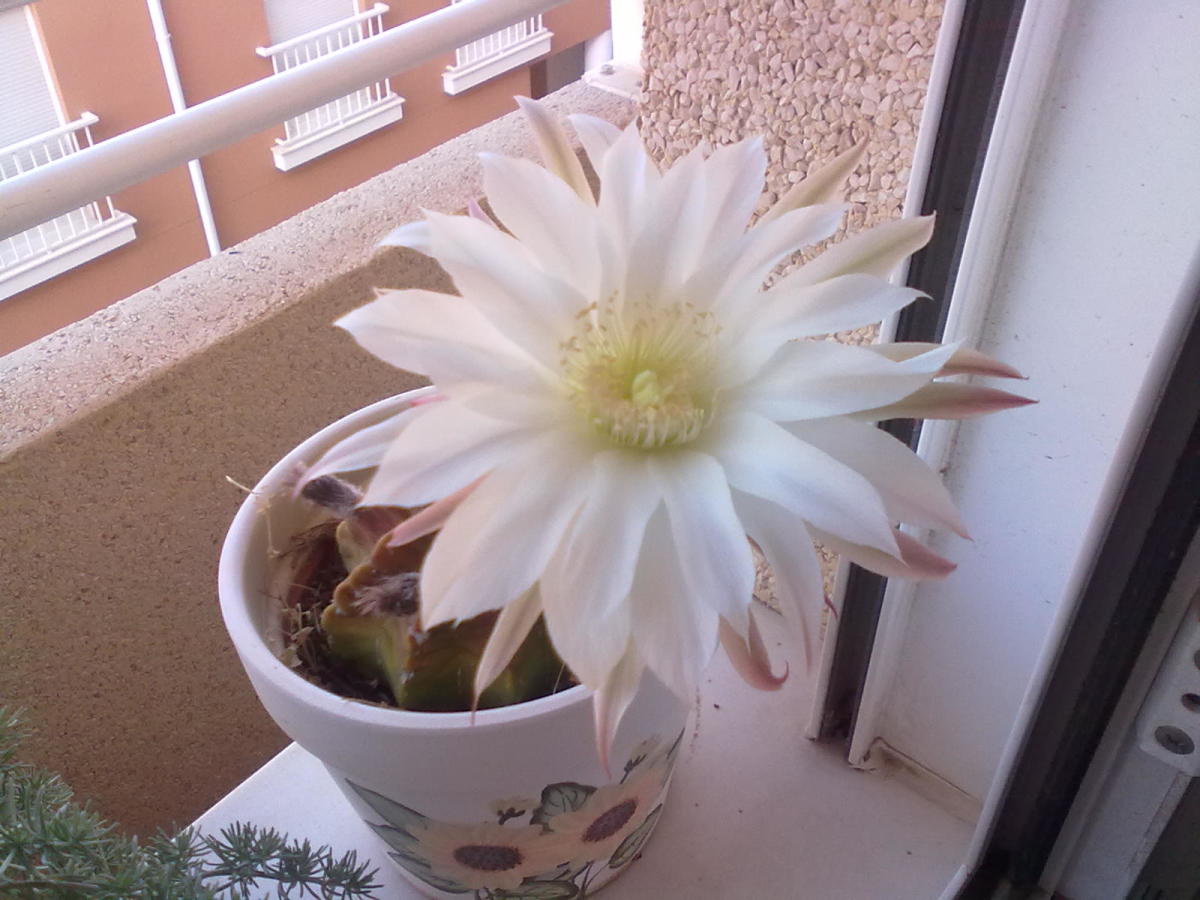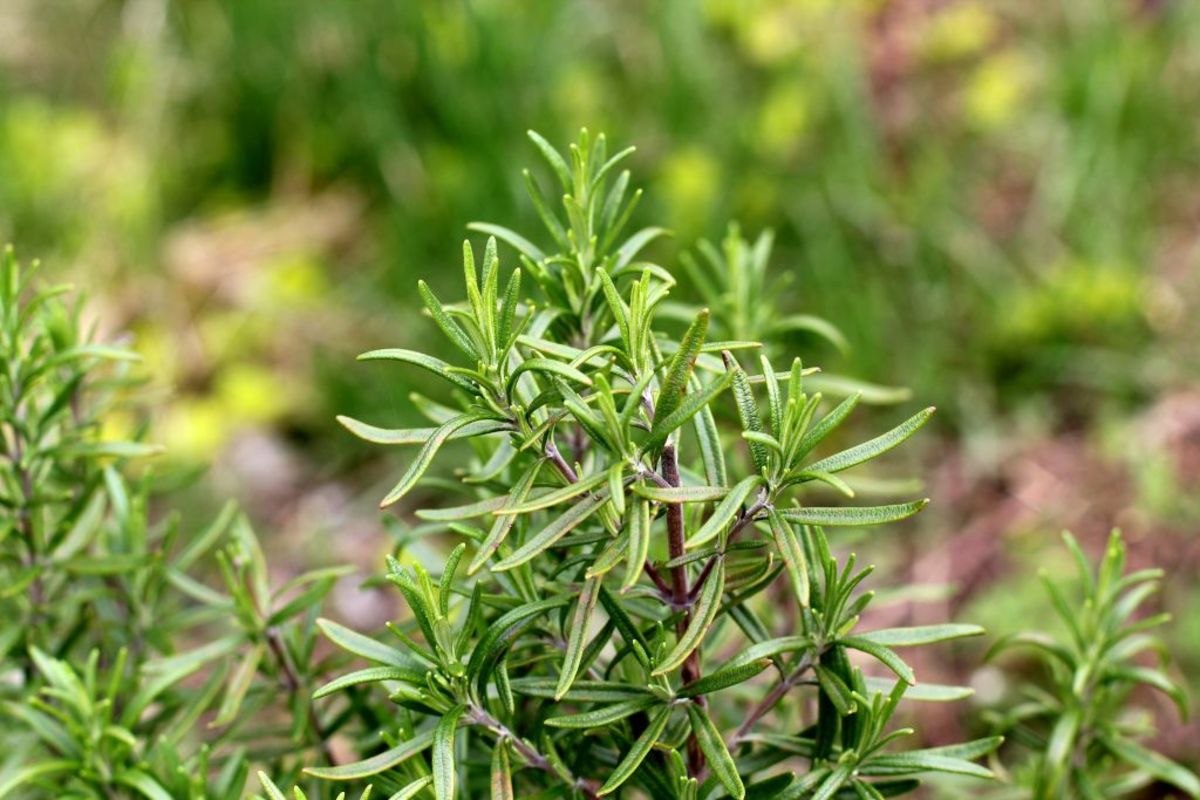- HubPages»
- Health»
- Alternative & Natural Medicine»
- Herbal Remedies
Herbs that you can grow at home and easily use in home remedies
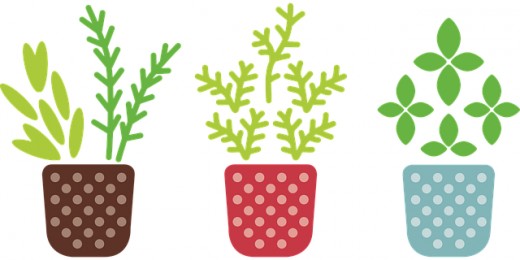
Today, many people consider growing a number of herbal plants at home. This makes it convenient to use them for healing purposes since you can get them whenever required. Needless to say, if you are targeting at using herbs yet you have not grown them at home, you might need to buy. This can turn out to be costly.
Growing herbs, whether annual or perennial, at home requires not much large fields and spaces. In fact, you can grow them at custom spaces, locations and containers such as pots. You do not need to leave your other jobs to do it.
However, there are a number of things you need to consider before growing certain types of herbal plants. For instance, perennials can take a long time to mature if you start from seeds. You can consider nursery transplant to avoid this.
Perennial herbs include thyme, yarrow and peppermint. For annuals, you can begin with growing seeds at the nursery bed. Annual herbs include lavender and the lemon balm.
Conditions you might need to arrange for growing herbs at home
Below are some of the conditions you might need to arrange for when growing herbs at home for home remedies.
1. Healthy soil:
It is easy to make your soil rich in nutrients by considering organic manure. You could also consider organic and light potting soil. If you are applying fertilizers, follow the directions on the package. The type of fertilizer depends on the type of herb and the soil nutritional needs. However, always consider using balanced organic fertilizers. Avoid using too much of fertilizers or manures.
2. Abundant sun:
You need to consider exposing the growing herbs to enough sunlight.
3. Water:
Every plant requires water. If you are growing the herbs from the pot soils, pour water until it drains to the bottom of the pot. You need also to drain off water that collects in the saucer if you have placed any beneath the pot.
Always ensure that the soil is in a state of between drying completely and soaking wet. Never apply excess amount of water on the plants.
4. Enough circulation of air:
Do not overcrowd herbs when planting. This is because it creates better conditions for growth of fungi and better breeding conditions for pests. Ensure to leave ample space in between the planted herbs.
5. Container options:
Having a container is the best way of growing herbs at home. Custom containers require lesser space and are easier to handle than when plants are on a garden.
You can consider stone pots and terra-cotta classics when thinking about containers for growing herbs - but you are free to use imagination when it comes to container choices. For instance, watering cans and old boots are some of the examples to consider. You, however, should leave a hole at the bottom of every container to allow for drainage.
Types of herbs to grow at home:
Basically, the list of herbs you can grow at home for home remedies is endless. Below are just some of them.
Tulsi (Holy Basil):
This herb was used in the ancient medicine and was known as Ayurveda. It can be used for making herbal honey or tea. The tea is delicious. Tulsi is known for easing stress and boosting body immunity.
When making herbal honey, lay leaves in a mason jar after harvesting. The layers should be separated by honey. Cover and keep cool and dry for two to three weeks. During this time, check the preparation daily. Push floating leaves using chop-stick. This preparation can be spread on toast and/or used to sweeten tea. The leaves are eaten or thrown away. The honey is definitely eaten.
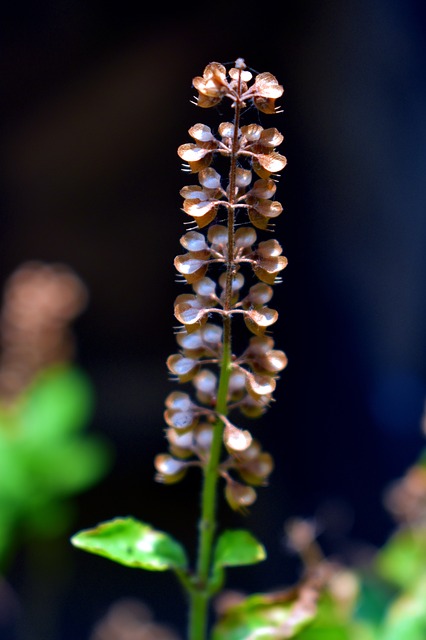
Thyme:
This herbal plant is used for home remedies due to its powerful antimicrobial properties. It is applied for clearing congestion and soothing sore throats.
For treatment of sore throats, make tea from the herb and gargle severally in a day after cooling. For congestion effects, put boiled water in a bowl and then add fresh thyme (few sprigs). Sit down, place a towel over your head, and breathe the vapour. It is not recommended for pregnant mothers.

Chamomile:
Tea made from chamomile is used to calm jangled nerves and to sooth stomach upsets. This herb can be combined with peppermint and lemon balm. Pour water on herbs to make this tea. Put 1 to 2 tea-spoons in a mug, cover and steep for 5 to 10 minutes, and keep refrigerated for a day.
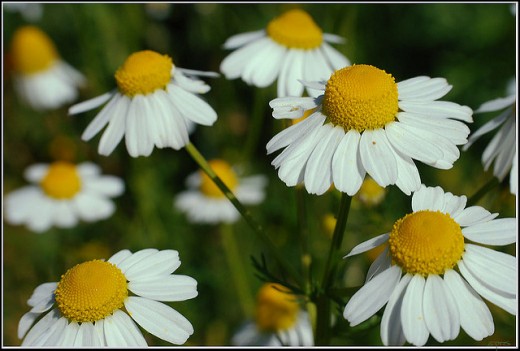
Lemon balm:
It is applied as a home remedy due to its antiviral properties. The tea can be used for eliminating melancholy. Like other calming herbs, you can use lemon balm for a fragrant herbal bath. It can also be eaten in its dried or fresh form. You can also eat it when mixed with lavender and chamomile flowers. These are put in a muslin bag or a large tea bag. You can hang these on a faucet and let hot water flow over it. The ball can also be floated in hot water when taking a bath.
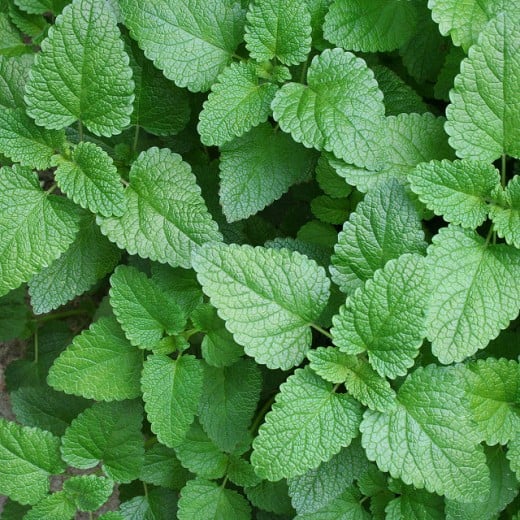
Yarrow:
This is applied as a home remedy because it has antiseptic properties and can stop bleeding. Since it reduces sweating, it can be applied for healing fever. Those suffering from cold and flu can mix peppermint, elder flower and yarrow in equal parts, and make tea from the mixture. You can add honey to ease the bitterness. Pregnant women should avoid this.
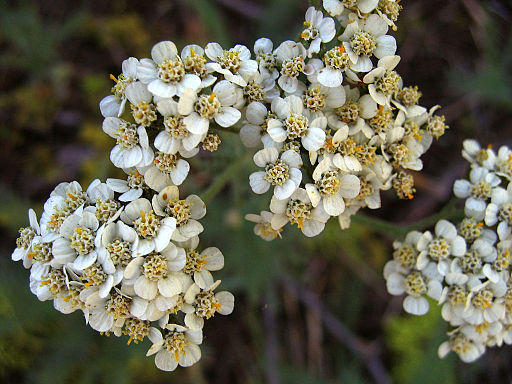
Lavender:
This one is applied as a home remedy in boosting moods and easing stress. For instance, it is dried and put into muslin bags that can be carried around. You can then inhale it any time you have tense feelings. Lavender is also a known antiseptic and microbial herb.
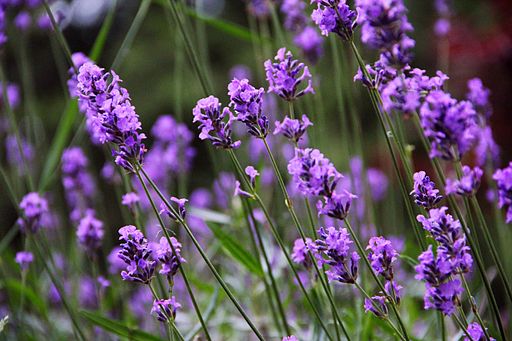
Peppermint:
This is used as a healing herb because it can sooth digestion and stimulate cooling effects. It is also applied in healing stomachache or gas.
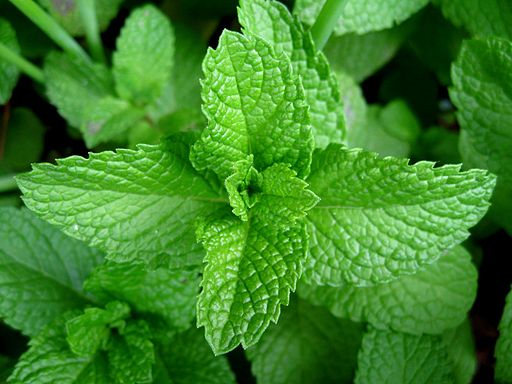
7. Other conditions: You also, most importantly, need to research on the ideal growing conditions for each herb involved. Ensuring that they grow at optimal temperatures, food, water, humidity, air and other conditions optimizes the healing benefits gotten from them.
© 2017 Naveed Ahmed


